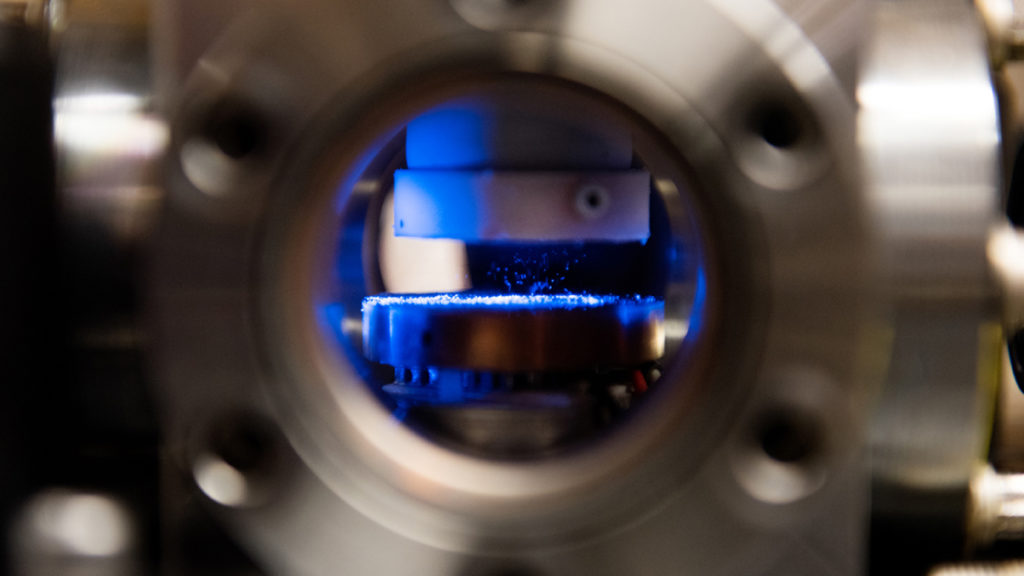A method of "thermal" levitation has been developed, capable of lifting any objects
The phenomenon of levitation is still in many ways like magic, but behind it are completely traditional laws of physics and some ingenious tricks. Magnetic levitation is already being used in rail transport, for example, optical levitation is more for scientific purposes, and acoustic levitation is used in the production of drugs and scientific research. However, all of the above methods work only in relation to objects with certain properties, and researchers from the University of Chicago have developed a new method of “thermal” levitation, which works due to an artificially created temperature difference and can act on any objects, regardless of their nature and properties.
“Magnetic levitation works only with magnetic materials, optical levitation works with objects that react to polarized light. The method we have found is the first of its kind that does not depend on the material, shape and other properties of the object, “says Cheng Chin, one of the researchers.
Scientists used balls made of ceramics, glass, plastic, ice particles, seeds and other small objects to demonstrate the workability of the “thermal” levitation method. All these objects could be kept in space for an hour or two, while they did not perform lateral oscillatory movements.
The basis of the new method of levitation is a process called thermophoresis, as a result of which quite noticeable forces arise between two heat sources with different temperatures. In this case, a copper plate acted as one heat source, the temperature of which was maintained at room temperature, and the second plate was cooled with liquid nitrogen to a temperature of -184 degrees Celsius. The flow of heat from the hotter plate to the colder one created forces sufficient to lift particles with a small mass.
“A large temperature gradient creates forces that can counterbalance the force of gravity, resulting in stable levitation,” says Frankie Fung, lead researcher. that this value is very close to the value obtained from theoretical calculations. This, in turn, will allow us to determine the possibility of lifting various objects using the technology of “thermal” levitation.
To operate the system of “thermal” levitation at full power requires plates with exactly the same dimensions, spaced at a strictly specified distance. The value of the thermal gradient and the position of additional elements that make it possible to control the direction of movement of the flow of heat and air entrained by it also play an important role. “All this works only in a very narrow range of pressure, temperature gradient and geometric dimensions of the plates used,” says Cheng Chin. “Also, the forces of thermal levitation are influenced by the shape and material of the particles lifted in this way.”

Despite the difficulties listed above, scientists managed to recreate microgravity conditions and study the behavior of various particles, chemicals and microscopic living organisms in them. This will allow scientists to explore certain areas without the need to send research objects into space, in addition, the new technology will allow the manipulation of objects that are very sensitive to pollution without touching their surface.
The next step, which scientists are going to take, will be the modernization of the technology of “thermal” levitation so that with its help it was possible to lift objects larger than 1 centimeter. In addition, scientists will look for ways to control multiple objects placed in one “levitation field” in order to make these objects interact with each other and with the environment. Source: http://www.dailytechinfo.org